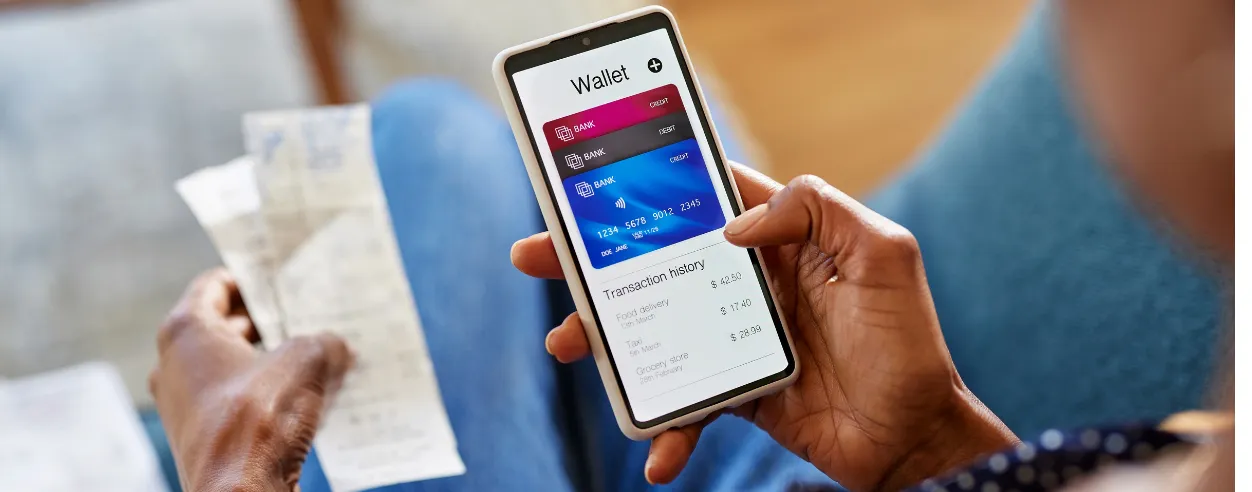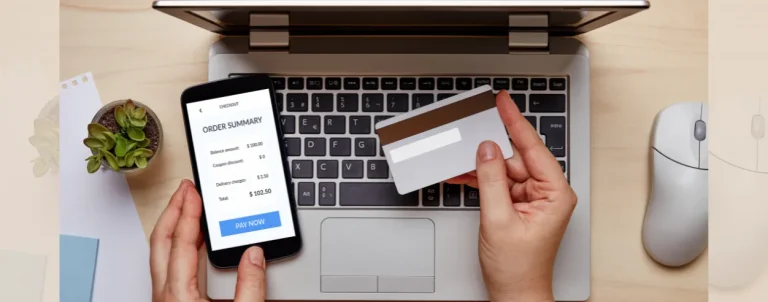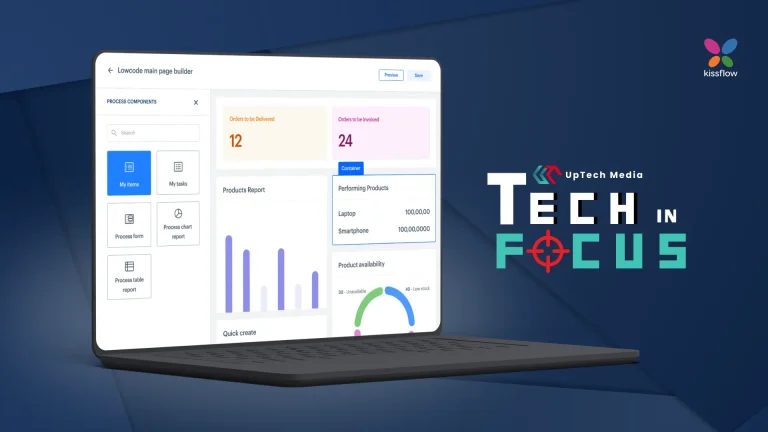Singapore – The latest report from data analytics and consulting firm GlobalData revealed the growing preference for alternative payment solutions among consumers in the Philippines in terms of their preferred payment method for online purchases.
According to the report, alternative payment solutions made up more than one-third share of the overall e-commerce payments in 2023, noting 88.2% of Filipino consumers indicated having shopped online in the past six months.
Only 7% of them, on the other hand, said that they never shopped online.
The study further found that an increasing number of consumers in the Philippines opt for the convenience of online shopping. In fact, the Filipino e-commerce market experienced significant growth at 27.8% in 2023, achieving PHP1.1 trillion (US$20.6b). This figure is attributed to a large young population and rising internet and smartphone penetration.
Furthermore, the e-commerce market is also projected to grow by 23.3% in 2024, reaching PHP1.4 trillion (US$25.4b).
Interestingly enough, more than 23.5% of e-commerce purchases in the Philippines are still made in cash despite the upward trend in electronic payments. This figure, according to Globaldata, underscores the Philippines’ traditional preference for cash as a result of its high unbanked population and limited financial awareness, particularly among the rural population.
Additionally, alternative payment solutions are becoming popular for online purchases, accounting for a 36.4% share with GCash, Maya, PayPal, and Dragonpay. Consumers value these alternative payment methods due to their simplicity and ease of use.
Another factor driving the growth of alternative payments is the emergence of “buy now, pay later,” enabling consumers to pay their purchase amount into installments. This service is being offered by various providers in the country, including Atome, BillEase, Akulaku, and Tendo.
Kartik Challa, senior banking and payments analyst at GlobalData, remarked, “Philippines e-commerce market is experiencing strong growth, driven by factors such as rising internet penetration, improving logistics, a rise in the number of middle-income families, and increasing confidence in online payments. With a preference for online shopping due to its ease and time-saving benefits, Filipinos are embracing digital platforms, making e-commerce an integral part of their shopping experience.”
“The Philippines e-commerce market is expected to continue to evolve at a healthy pace going forward and is forecast to reach PHP2.6 trillion ($46.5 billion) by 2028, registering a compound annual growth rate of 16.3% between 2024 and 2028,” he continued.
“Growing consumer preference for online shopping, the rising popularity of online shopping festivals, as well as evolving authentication measures that offer enhanced security, will further encourage online payments, concluded Challa.”












